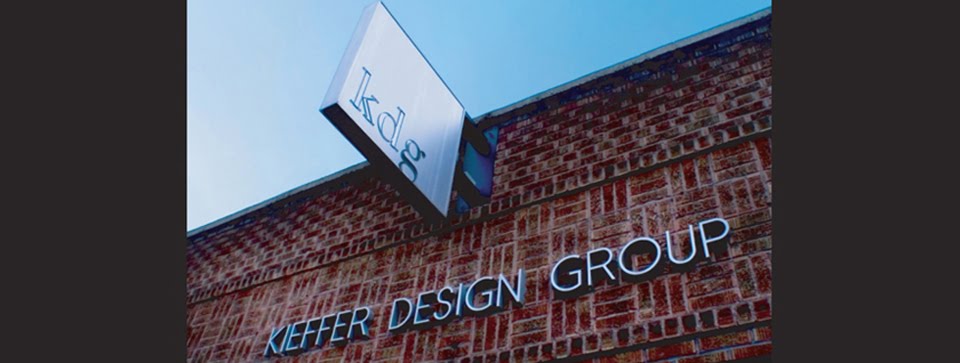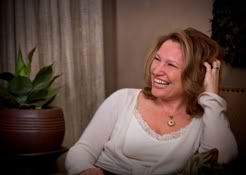Q: I have heard about different design terms such as Wabi Sabi, Feng Shui and Sacred Vedic Space or Architecture, what is the real difference between them?
A: Yes, great question. These terms are interior design philosophies that are a set of ideas or theories, relating to a field or activity of that work. They are not a “style” as much as they are a “Lifestyle.”
If you are considering either upgrading your home or office interior, or a specific area to refresh it, consider one of these design philosophies to create a well balanced, refreshing space. There is not a particular right or wrong option, just what ever resonates with you and your overall goals.
Wabi-Sabi
Let’s look at Wabi-Sabi first. (Pronounced “wah-bee sah-bee”). This philosophy was formulated in India, and then made it to China around the 6th Century and Japan by the 12th Century. The ideas are fairly simple: take time to appreciate the simple, natural design and the beauty of all things. Objects do not need to be in perfect order, just less cluttered. Beauty is defined by its natural imperfections. Simplify! That’s one word to describe this aesthetic. I think we could all use a little more Wabi- Sabi in all of our environments. Clean up the clutter and provide great energy flow throughout your space.
Characteristics of the wabi-sabi aesthetic include: asymmetry, asperity, simplicity, economy, austerity, modesty, intimacy and appreciation of the ingenuous integrity of natural objects and processes.
This is my favorite book that is easy to follow, great photos and examples.
I really like how John Stark describes Wabi Sabi; “…celebrating the beauty of imperfection and change.” Here is a link to his article from the Body & Soul magazine.
Feng Shui
Feng Shui, or the art or practice of positioning objects that promote positive energy (chi) flow in a space. All energy has either a negative or positive effect. All things, not just human beings, are made of energy. Therefore, careful balance, the placement of yin and yang objects is important to understand and respond to in both interior, exterior and architecturally as well.
Here are a five ways color can improve the Chi energy of your environment right away.1. Red symbolizes the energizing element of Fire. It’s the most Yang color in the spectrum. Although red can easily become overwhelming, if not antagonistic. Use Red when you want to lift the energy in your space, keeping an eye on the overall effect. For example, in your home, Red can make a kitchen feel warmer, but since the kitchen already has a lot of Yang Fire because of the stove burners, use Red sparingly in accessories and artwork, rather than on walls and cabinets.
2. Green, the color of new wood is all about growth, vitality and upward movement. Green also creates a warm atmosphere because this is the color that nourishes the Fire element.
3. Black and Dark Blue, representing Water, enhance your communication skills and connection with spirituality and truth. These colors make special sense in an office where it’s important to communicate clearly with associates, vendors and clients.
4. Whites and Light Pastels symbolize Metal, the element of structure and focus. White can make you feel rigid or tightly controlled so if your space is dominated by white, loosen it up with the vitality of the other elements, especially Fire and Wood.
5. Yellows and Earth Tones. Yellow and all its variants are the colors of Earth, the element of stability. Use these colors to calm the atmosphere in your space. The yellow family also helps improve your memory and strengthens your ability to be attentive and alert.
Color can make all the difference in the way you feel in your space. If you’re looking to create a new feeling, I invite you to make some changes in your color scheme and see what happens.
I read an article last week by “The Office Master’ on how to Feng Shui your cubical. I think it applies very well to almost any work space, home or office space - you might like it too.
Sacred Vedic Architecture
Sacred Vedic Architecture is a little bit deeper of a design aesthetic, and the oldest architectural philosophy. It has been practiced in India for over 5000 years and is said that Feng Shui sprung from this tradition. Practitioners design and build living environments in harmony with the physical forces and flow of energy as well as appropriate alignment with the natural surroundings. East and North are the most favorable, which is where the red doors on homes facing East have been popular.
Drew Lawrence posted a great Vedic Consultation on his sight that is fascinating to read and explains a great deal more on this topic.
I hope this has been insightful and helped answer your question on these various design aesthetics or philosophies. All are good to incorporate, whichever suits your goals and appropriateness of the design dilemma!
It is so cool! Its an Eco-Button for your computer.








No comments:
Post a Comment